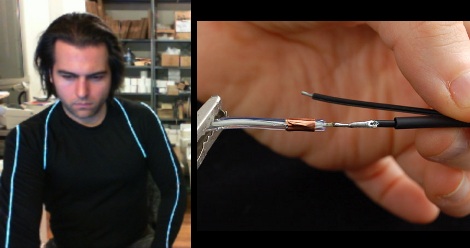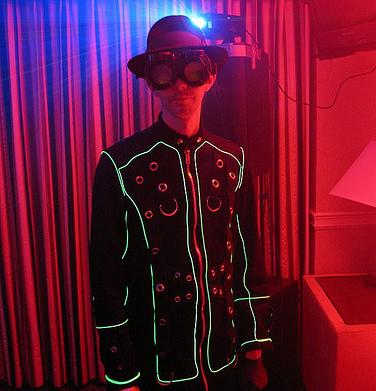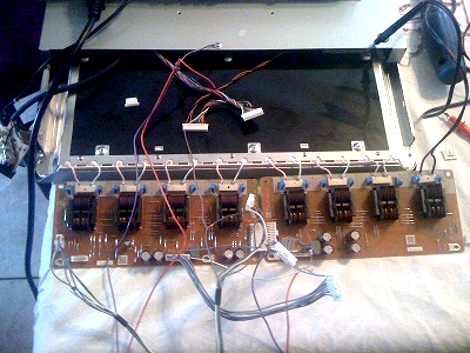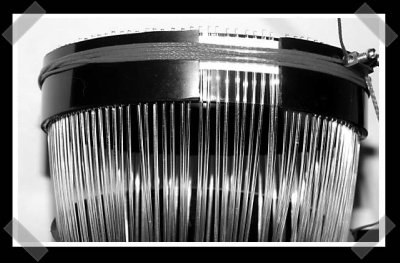
As you can see, [Phillip Torrone] has a nice start on his Tron costume for the movie premiere. Electroluminescent wire is what makes these costumes glow and if you’ve never worked with the stuff before you’re in for a treat. Adafruit posted a tutorial explaining how to work with EL wire. The process isn’t hard, but they’ve got a few nice tips, like using copper tape as a platform for soldering the corona wires. There is also a discussion of the math involved with properly powering your setup.
In this case, Adafruit is using ready-made power inverter units. If you’ve interested in hacking together your own inverter take a look at the background information from [Jeri Ellsworth].















